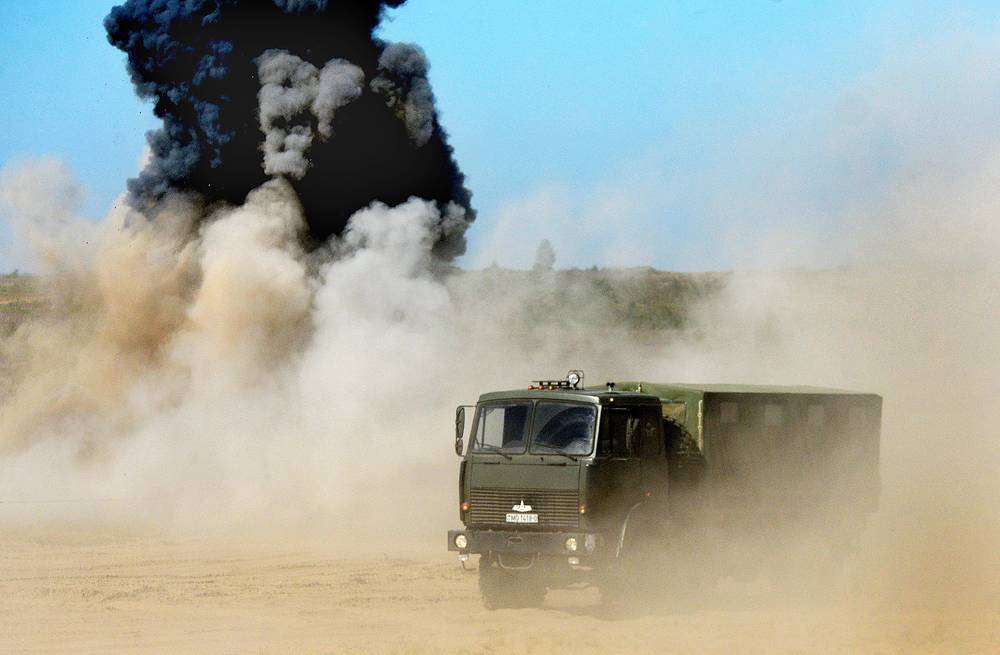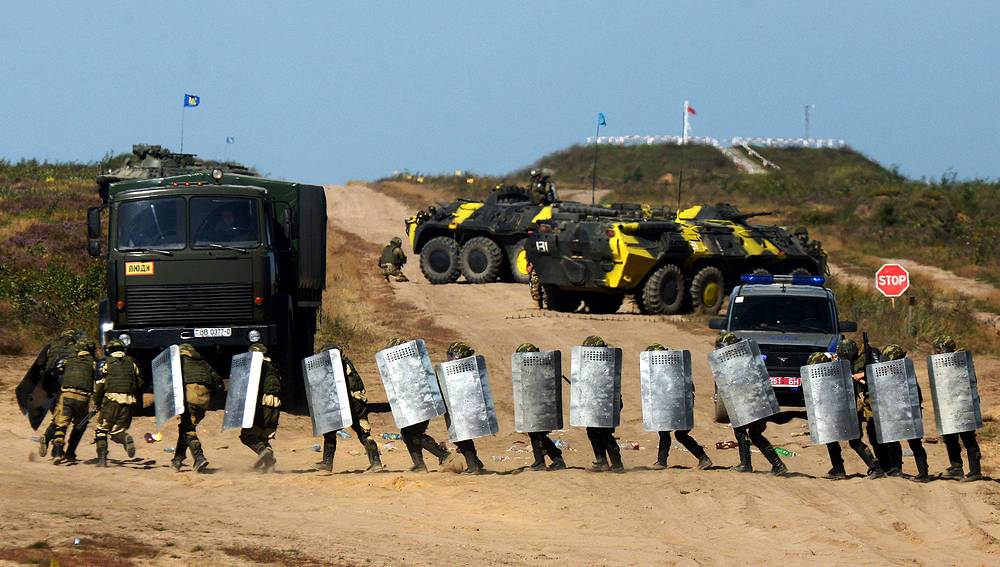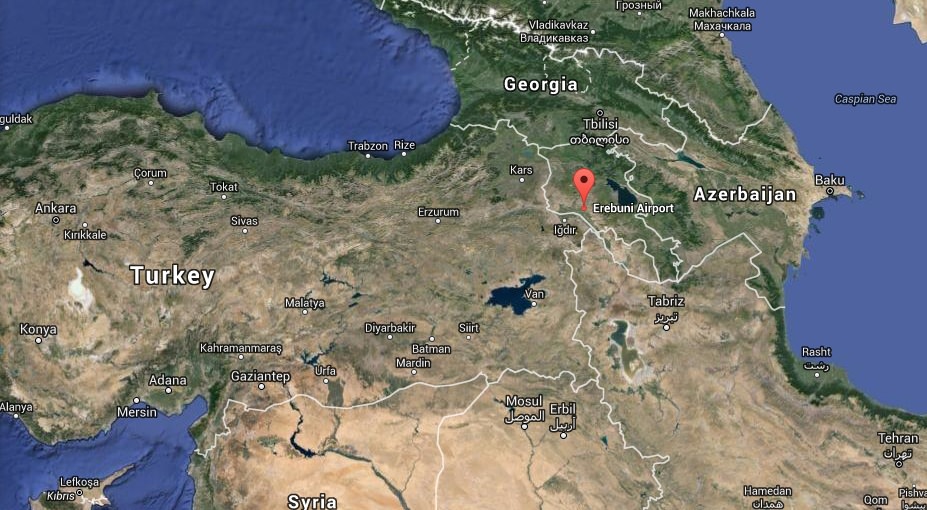http://www.interfax.com/newsinf.asp?pg=2&id=723722
MINSK. Dec 21 (Interfax) - The member states of the Collective Security Treaty Organization (CSTO) will improve their approaches to the collective security system in light of new challenges, CSTO Secretary Nikolai Bordyuzha said.
"The chiefs of general staff - members of the Military Committee - paid much attention to assessing the military-political situation. This has been getting worse, aggravating every day. We see NATO conducting maneuvers close to our borders. This naturally requires our attention. As does an assessment of the situation currently unfolding in the Central Asian region, given the Afghanistan factor," Bordyusha was quoted by the Belarusian BelTa state news agency as telling journalists after a meeting of the CSTO Military Committee in Minsk on Wednesday.
The attendees of the Wednesday meeting held a profound discussion of these issues and devised joint positions and approaches to assessing any particular phenomenon in the military-political situation, the CSTO secretary general said. "I think this will give us ground for future work in the sphere of improving our collective security system, orienting it towards those new elements in the military-political situation that arise both in the East European and Central Asian region," Bordyuzha said.
For his part, the Belarusian chief of general staff and first deputy defense minister, Oleg Belokonev, when asked about the benefits of the CSTO Collective Rapid Response Force conducting joint drills, said: "Each state has its own national specifics. Comprehensive exercises conducted as part of implementing the Collective Security Treaty are primarily a military component, making it possible to access and become familiar with the methods devised in that state."
Some countries participate in combat, others have advanced in information warfare, Belokonev said.
Certainly, the CSTO practices the whole range of such measures, which allows it to analyze what each member state has achieved, and have that introduced in service, if need be, Belokonev said.
The attendees of the CSTO Military Committee meeting in Minsk on Wednesday discussed issues concerning challenges and threats to military security in the collective security regions of the CSTO, the creation of an CSTO crisis response center, and improving the joint training system for the CSTO bodies in charge of command and control and forming the collective security forces and equipment. The Military Committee members also attended festivities on the occasion of the 15th anniversary since the formation of the General Staff of the Belarusian Armed Forces.
18:54
Russian Defense Ministry denies increasing troop numbers in Armenia after ratification of agreement on joint regional air defense system
http://www.interfax.com/newsinf.asp?pg=3&id=723702
MOSCOW. Dec 21 (Interfax-AVN) - The Russian-Armenian regional air defense system will cover only Armenia's territory and airspace and will not apply to Nagorno-Karabakh, Russian Deputy Defense Minister Nikolai Pankov said.
"The agreement gives a clear answer to this question: the agreement's effect is applied to Armenia's territory and airspace," Pankov said at a meeting of the Russian Federation Council international affairs committee on Wednesday, after its head, Konstantin Kosachyov, asked what would happen if tensions surrounding Nagorno-Karabakh rise again.
"Will this system not be used in this context in principle or are there any options?" Kosachyov said.
Having heard Pankov's answer, Kosachyov summarized that, since Nagorno-Karabakh is not part of Armenia, the regional air defense system would not be applied in any event.
The Federation Council's international affairs committee on Wednesday approved the ratification of a Russian-Armenian agreement on setting up a joint regional air defense system in the Caucasus collective security region. The agreement was earlier ratified by the State Duma.
The agreement was signed in Moscow on December 23, 2015.























